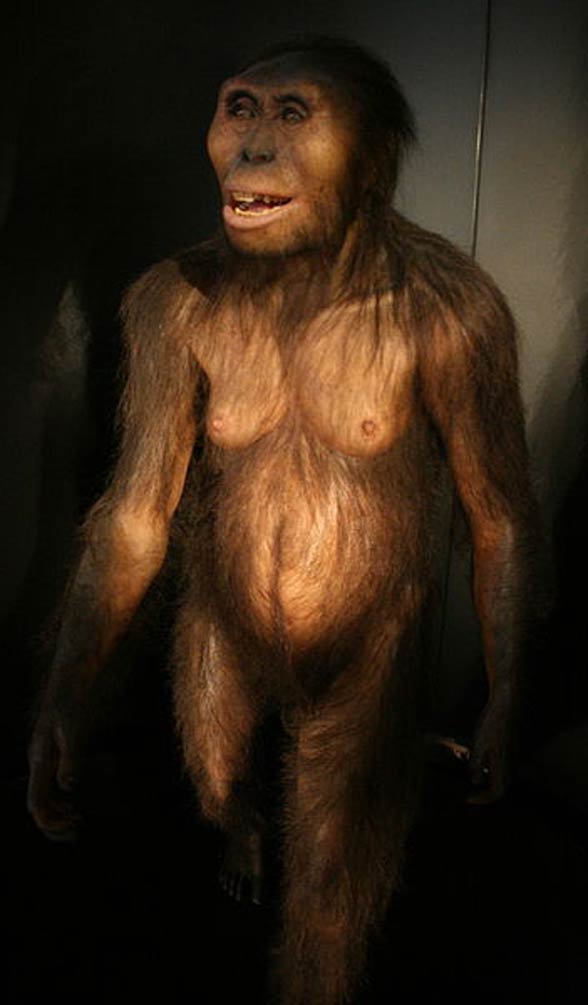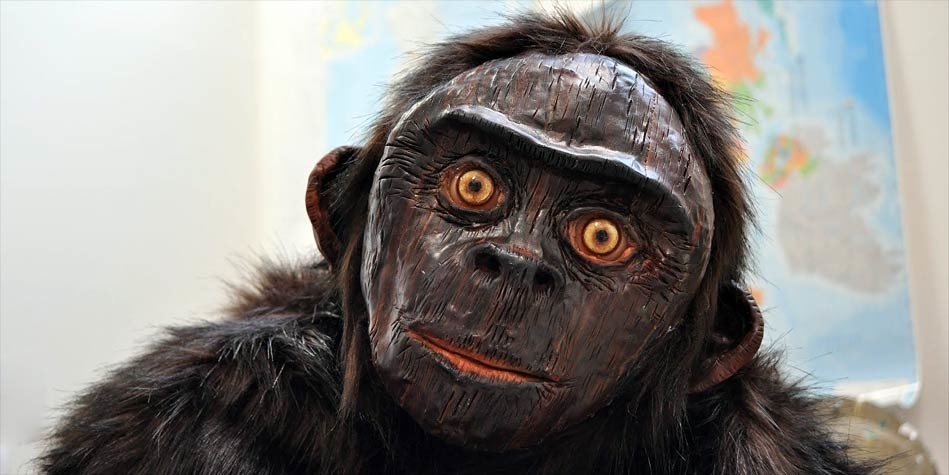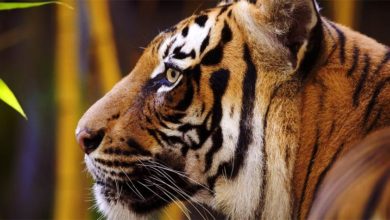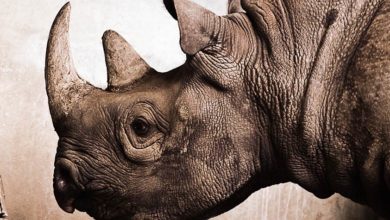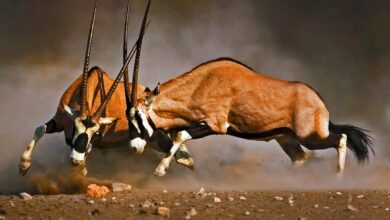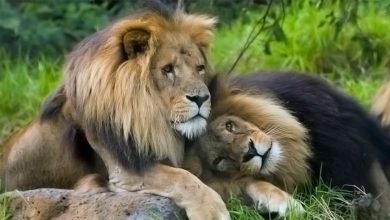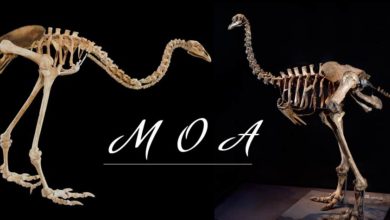Orang Pendek
A healthy skepticism is a key to be a real scientist. In this case, a word “healthy” is crucial as a healthy attitude enables scientists to adopt a different point of view and not to be blinded by their own ideas. Hence, a real scientist is an open-minded person, who aims to find evidence that could prove even the most extraordinary theories.
Certainly, an open mind will be useful while learning about a creature like Orang Pendek – a little bipedal animal reportedly living in the forests, of whom the inhabitants of Indonesian islands have spoken for hundreds of years.
Basic information
- Status: cryptid
- Classification: hominid
- Alleged place of occurrence: Indonesia
- Potential habitat: rain forests
- Other names: Uhang Pandak, Sedapa, Ebu gorgo, Umang, Orang Gugu, Orang Letjo, Atoe Pandak, Atoe Rimbo, Ijaoe, Geogoeh

Characteristics
Appearance
The witnesses as well as Indonesian legends describe Orang Pendek as a 1 m (3.2 ft) long anthropoid with a wide chest and powerful, long arm. All its body is covered in short hair that may be blackish-brown, reddish, golden-brown, golden, yellow or orange. It was encountered walking on two legs, just like Sasquatch, Yeti and Yowie. Although Indonesian never considered it a human but an animal, they called it a “short man”. We will try to explain why.
Orang Pendek was rarely described as a magic or an extraterrestrial creature. It was rather claimed that it is an ordinary forest animal, well known by almost every Indonesian. Its bipedalism is quite surprising though, as it is a human, who is scientifically proved to be the only one bipedal ape. Therefore, it is possible that Orang Pendek constitutes an important missing link that we still do not know much about.
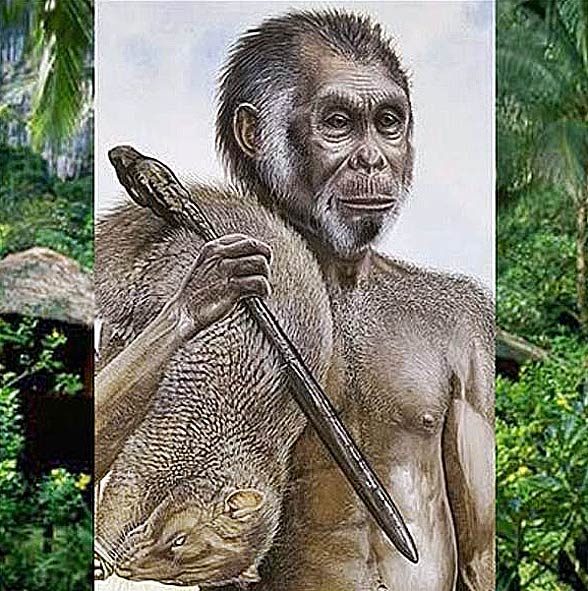
Diet
Orang Pendek was allegedly encountered on the farmlands, where it picked the crops, including potatoes, corn and different kinds of fruits. However, local villagers are sure that it looks in particular for ginger, young shoots, insects in rotting logs and river crabs. Indonesians claim that its favorite food is the durian fruit.
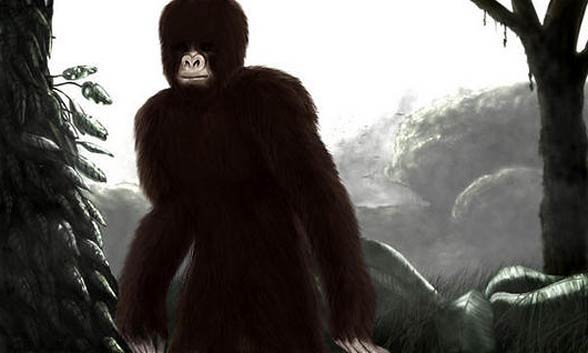
The witnesses
Suku Anak Dalan – the groups of nomadic people
They have known Orang Pendek for ages. They have fought of it as a cohabitant of the forests. They know where those animals reside and what is more, they share a tobacco with them (leaving it for them in some places).
Local villagers
They provided us with the most pieces of information about Orang Pendek. However, taking into consideration how many stories there are about it, we may suppose that many local villagers considered that Orang Pendek existed, without having ever met it. Indonesians claimed also that Orang Pendek’s legs were inverted, so no one knows for sure, which way he went 🙂
Dutch colonists
The best-known Dutch who met Orang Pendek was Van Heerwarden. He met an unknown creature while surveying land on Sumatra in 1923. He claimed that the animal was sitting on the branch and was all hairy. It did not look like a typical ape though. Similar information was reported by a man called Oostingh. Those descriptions are not well documented.
Western researchers
The most interesting observation of Orang Pendek was made by a couple of British scientists Debbie Martyr and Jeremy Holden. They were both in Indonesia since the 1990s of 20th century, looking for Orang Pendek in order to take a photo of it. They both claim to have seen the animal repeatedly. They decided to launch the Project Orang Pendek, which was financed by Fauna and Flora International. Thanks to the project, scientists are able to extend a database with new information on Orang Pendek. It is quite a pleasant way to earn one’s life, isn’t it?
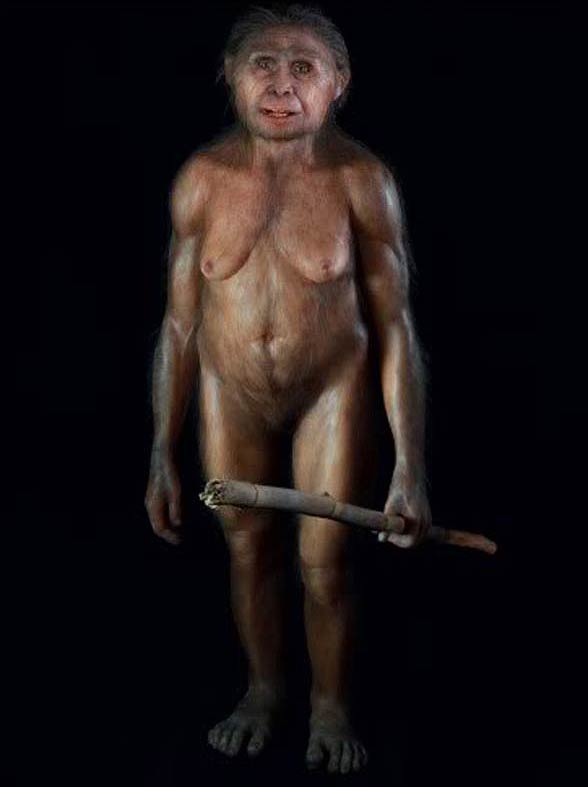
Orang Pendek – explanations
The missing link
A theory that Orang Pendek is the missing link between humans and prehistoric primate apes constitute one of the views on its origin. According to some other theory Orang Pendek may be a surviving form of Australopithecus – bipedal hominid and human’s relative.
What is fairly interesting the second theory may actually be true, as some skeleton remains of a new species of the genus Homo, have been discovered recently in the Flores island (in Indonesia).
The scientists called the new discovery Homo floresiensis (a man from Flores – an island in the Indonesian archipelago) and estimated that those creatures were approximately 1 m tall. They determined as well that those hominids lived about 12 000 years ago, what as far as the evolution is concerned, seems like it was just yesterday. Nonetheless, it is not confirmed whether Orang Pendek was a man from Flores.
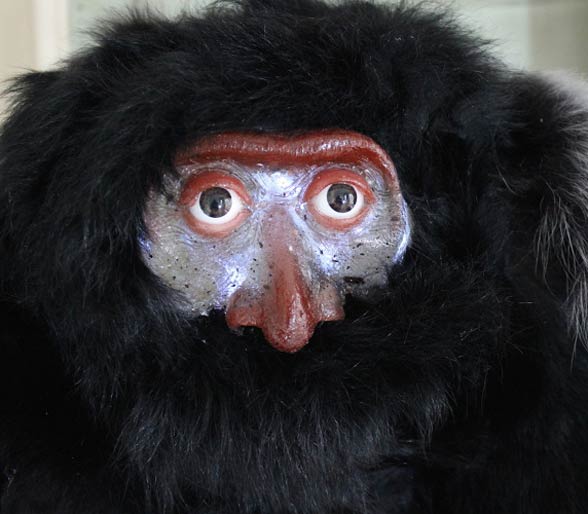
Mistaken identification
The potential traces of Orang Pendek may have been made by a much less extraordinary animal – a sun bear (Helarctos malayanus) which is the smallest bear in the world. The traces of those bears resemble the footprints of a 7-year-old.
It is also assumed that similar footprints have gibbons and siamangs – the arboreal apes that sometimes may move on the ground on two legs. It is possible then that the footprints do not belong to the short man.
Local villagers sometimes take by mistake the members of the Suku Anak Dalam, living in the forests, for Orang Pendek.
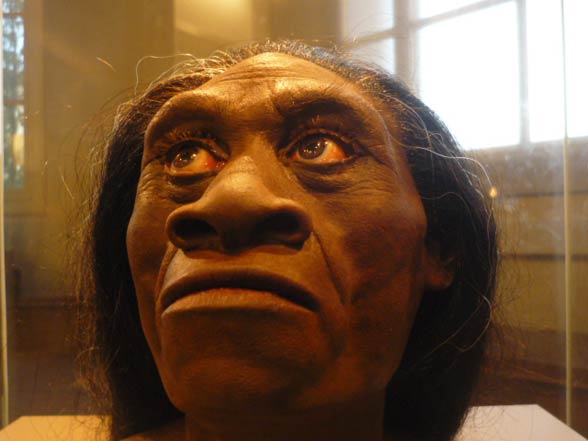
Why is the faith in Orang Pendek’s existence so strong?
Since there are so many others, more rational explanations, why many Indonesians and cryptozoologists do not intend to doubt the existence of Orang Pendek? It is worth mentioning that the little hominid has been a part of Indonesian folklore for hundreds of years. Moreover, the local villagers’ reports on an animal resembling a small, bipedal ape cannot be ignored.
This theory was confirmed by two western scientists Debbie Martyr and Jeremy Holden, who were said to see Orang Pendek with their own eyes. The discovery of traces and hair may as well be thought-provoking as it was stated on the basis of the analysis that they belong to an unidentified forest animal.
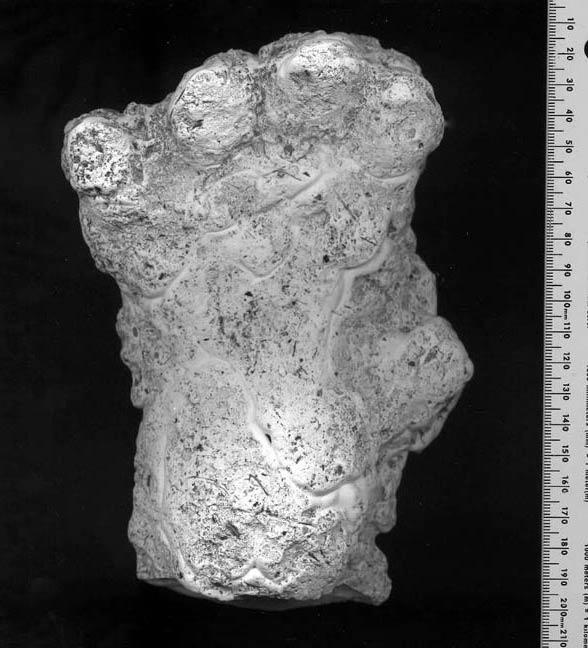
Detailed information / size
Orang Pendek
- Height: from 80 cm to 120 cm (2ft 7.5in – 3ft 11in), the tallest was said to be 150 cm (4ft 11in)
- Occurrence: the central Sumatra (a part of Indonesia), Indonesia
Orang Pendek – curiosities
- Even though the name of Orang Pendek is translated as “a short man”, local villagers have always considered it an animal and not a human. It is worth reminding that a name orang-utan means “a person of the forest”.
- The members of the Suku Anak Dalam claim that Orang Pendek learned to smoke tobacco.
- The people who have observed Orang Pendek provide quite divergent descriptions of Orang Pendek’s fur color. Some of them claim that there is long blond hair on its shoulders that may reach its waist. According to some observers, Orang Pendek’s fur is black and the other claim that its fur is brown, smoke colored, grey and even red.
